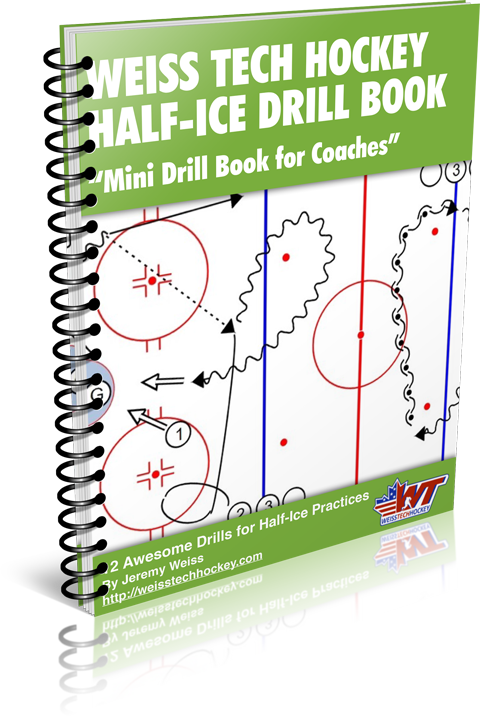How to Execute a Proper 2-1-2 Spread Forecheck
In our last post, we talked about beating a 2-1-2 with a D to D pass. In the footage, we saw the NJ Devils using an aggressive 2-1-2 “Stack” against the Rangers. In this post, we’ll show you the LA Kings using another variation of the 2-1-2, the 2-1-2 “Spread.”
 2-1-2 Stack vs Spread
2-1-2 Stack vs Spread
There are two types of 2-1-2 set-ups; the “stack,” where the first two players enter the zone on the same side of the ice, the first player hits and pins, the second player takes the puck; and the “spread,” where the first player attacks the puck carrier, and the second player eliminates the D to D pass (this is what the Kings are using in this clip).
See our video on the 2-1-2 Forecheck here: 2-1-2 Stack & Spread Explanation
2-1-2 “Spread” Explained
The key to an effectice 2-1-2 “Spread” is for F1 (the first forward on the attack) come in aggressive. If F1 is lazy geting in, the play won’t work. F2 must also get in hard and take away the D to D pass. F3 reads F1’s forechecking angle, and takes away the strong side breakout. If done properly, there’s nothing the opposing defenseman can do except try to force a pass up the strong side, or dump it out of the zone.
Strategically…
The 2-1-2 is a great forecheck to set an aggressive tone at the beginning of a game. If your players are in good enough shape, and can execute it consistently, you can stick with it for an entire game. But I recommend having another forecheck to fall back on if the 2-1-2 starts getting sloppy.
Enjoy!







[…] […]